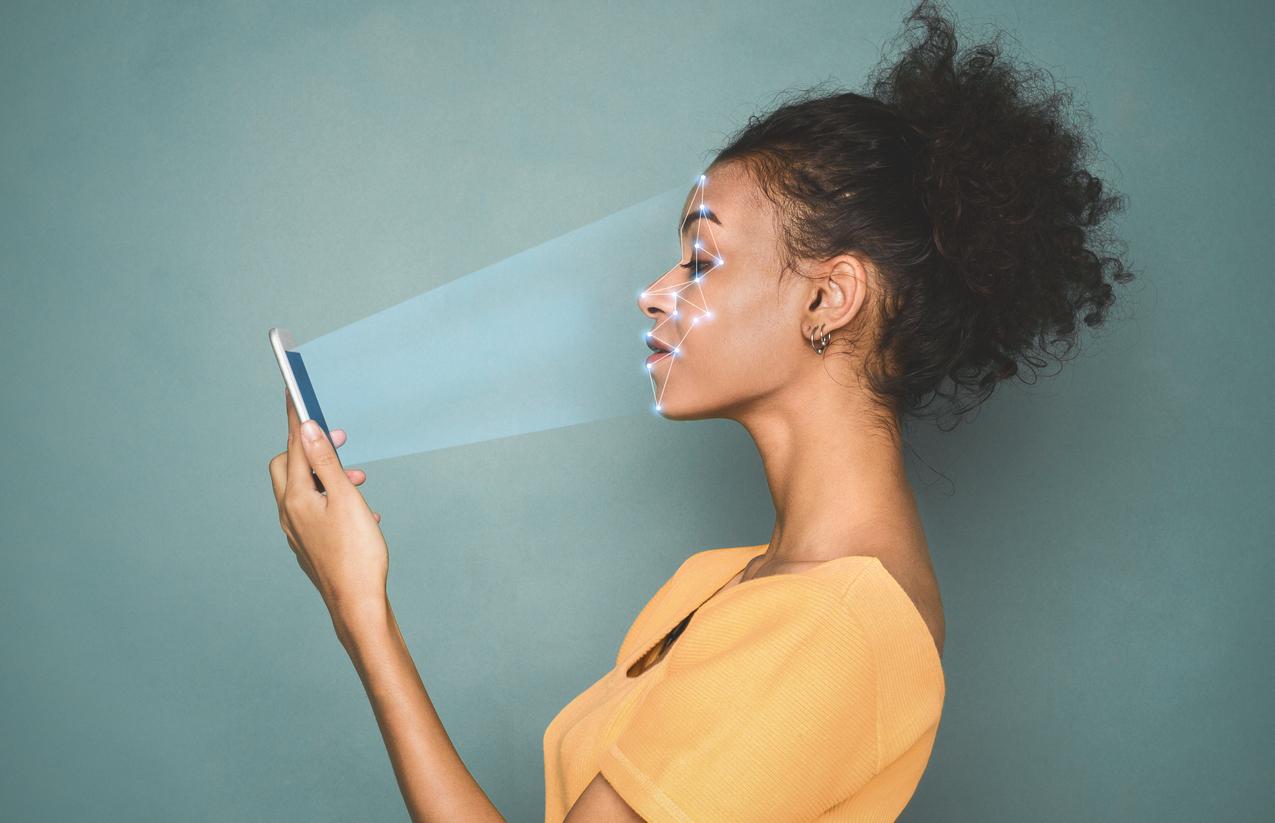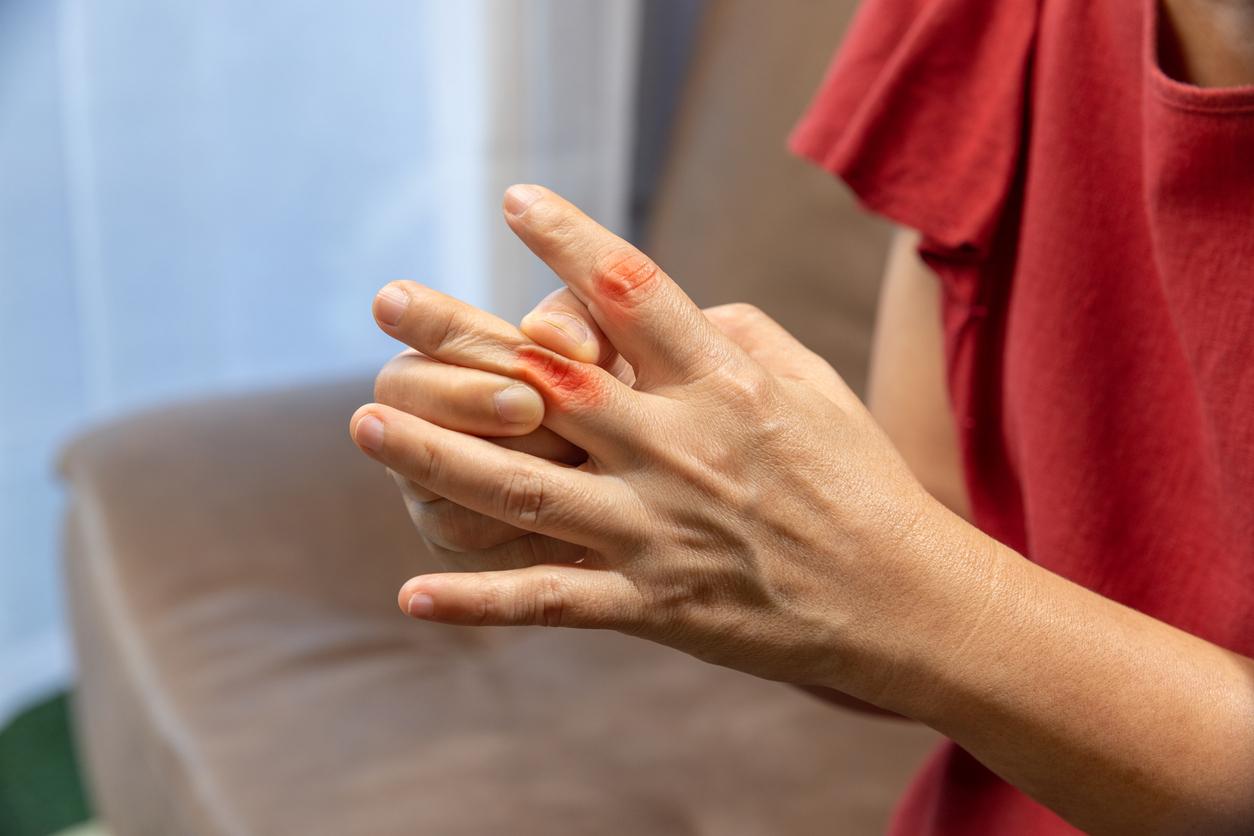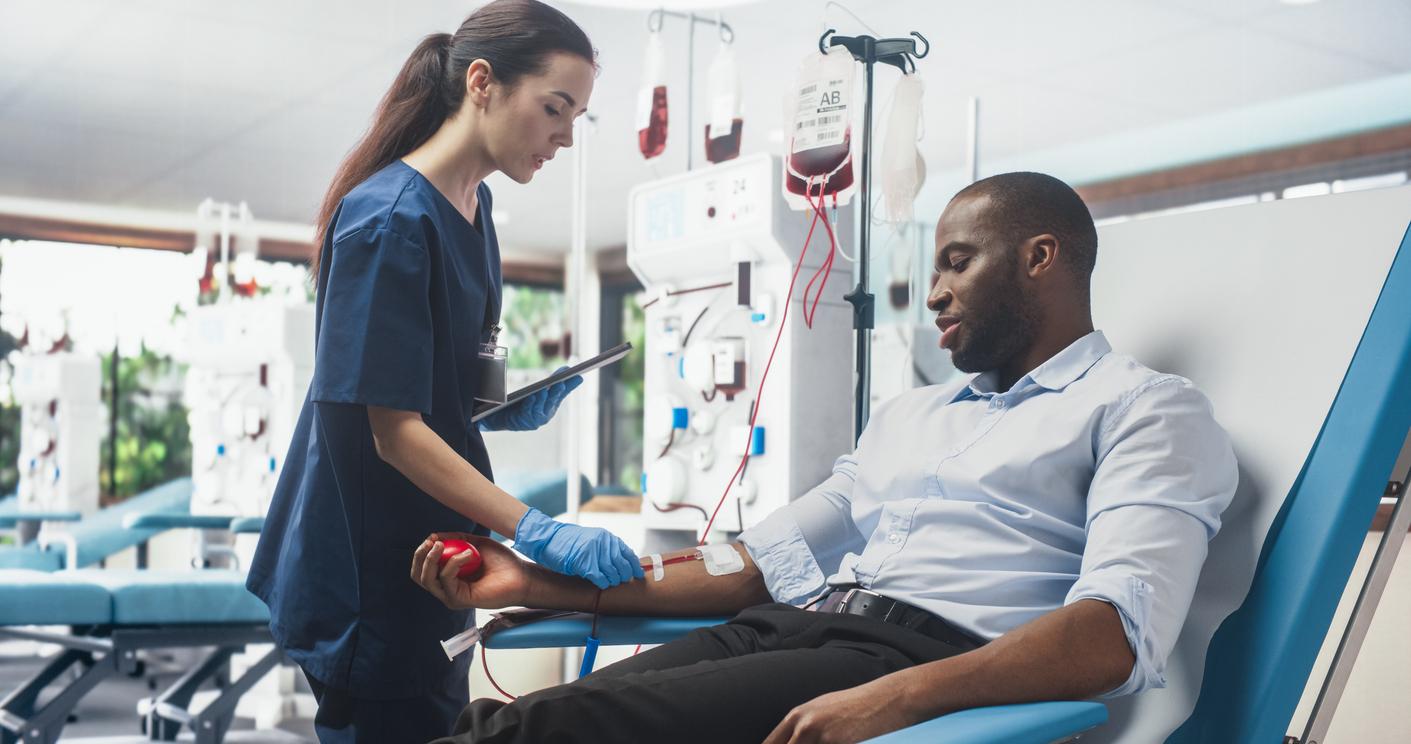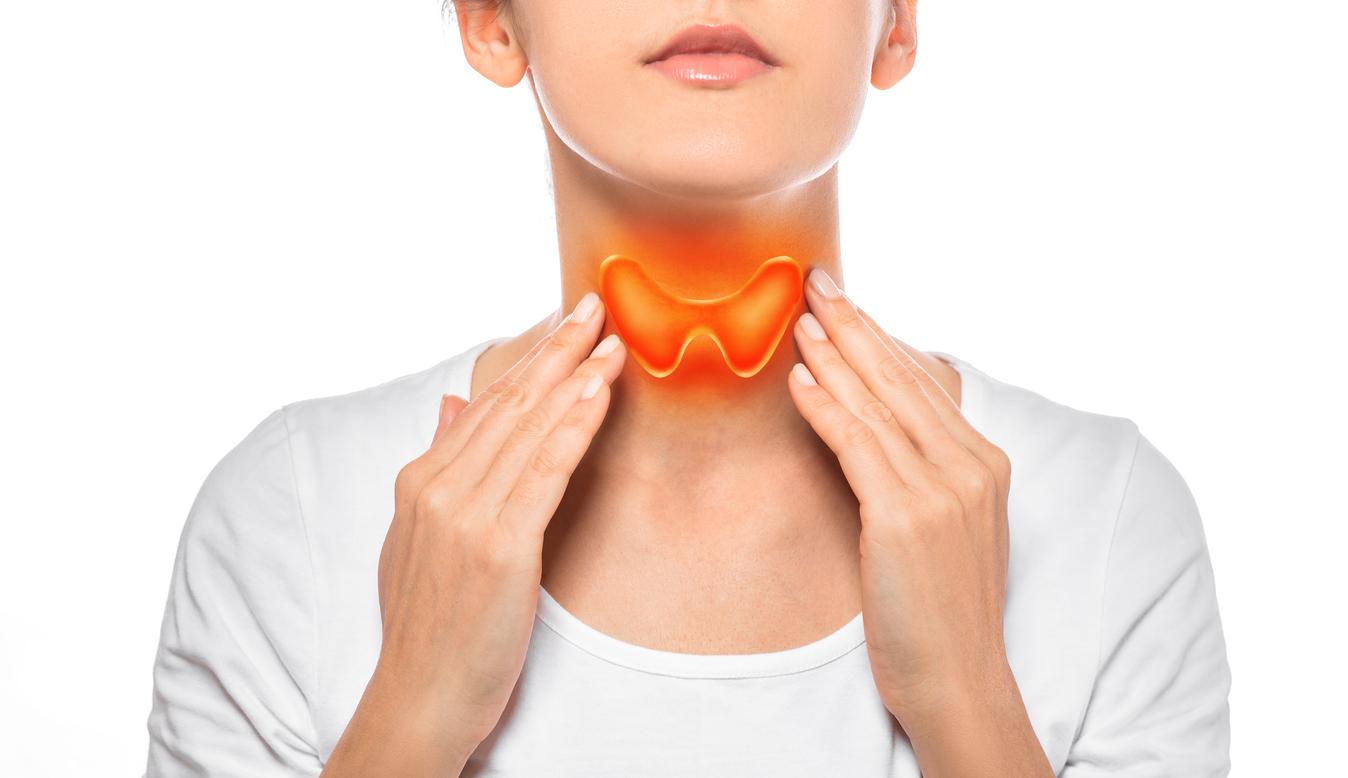Researchers have successfully predicted whether children have anemia using an algorithm that analyzes facial photos taken with a smartphone.

- Anemia affects 42% of children under five worldwide.
- Scientists have developed a colorimetric algorithm, which from a photo of the face taken by a smartphone, examines the white of the eye, the eyelids and the lower lip of a patient.
- Thanks to the concentration of hemoglobin in the blood, this non-invasive method is able to detect anemia with a sensitivity of 92.9% and a specificity of 89.7%.
It is a real global public health problem. Anemia affects 42% of children under five and 40% of pregnant women worldwide, according to the World Health Organization (WHO). “When it occurs during childhood, it can increase susceptibility to infectious diseases and impede cognitive development,” said scientists from UCL and the University of Ghana.
As a reminder, this condition is defined by an abnormal drop in the level of hemoglobin in the blood. This substance is present in the red blood cells (or red blood cells) of the blood. “Hemoglobin is used to transport oxygen” to all organs, specifies the health authority. This disease, the most common cause of which is iron deficiency, is manifested by persistent fatigue, dizziness, pallor, shortness of breath or even palpitations.
Anemia: a colorimetric algorithm that analyzes three regions of the face
Traditionally, the diagnosis of anemia requires blood samples, “which can be costly for patients and healthcare systems”. This is why English and Ghanaian researchers have found a new non-invasive technique that can diagnose anemia. They knew that hemoglobin had a particular color because of the way it absorbs light.
As part of a recent study, the authors have thus developed a colorimetric algorithm. This last “analyzes three regions of the face: the white of the eye, the eyelids and the lower lip. They were chosen to have minimal skin pigmentation that obscures the chromaticity of the blood”, specified the team. To be able to use this algorithm, you need to take a picture of your face on a smartphone.
This method assesses anemia rate with 91% accuracy
In order to test their device, the scientists recruited 62 children under the age of 4. A total of 43 children had taken good quality photos. According to the results, published in the journal Plos Onethis method was able to detect anemia, thanks to the concentration of hemoglobin in the blood, with a sensitivity (true positive) of 92.9% and a specificity (true negative) of 89.7%.
“We are delighted to see these promising results in a group that is often underrepresented in smartphone diagnostics research. An affordable and reliable technique for screening anemia using a smartphone could sustainably improve the quality of life for a large number of people”, explained Thomas Wemyss, author of the work, in a statement.


















